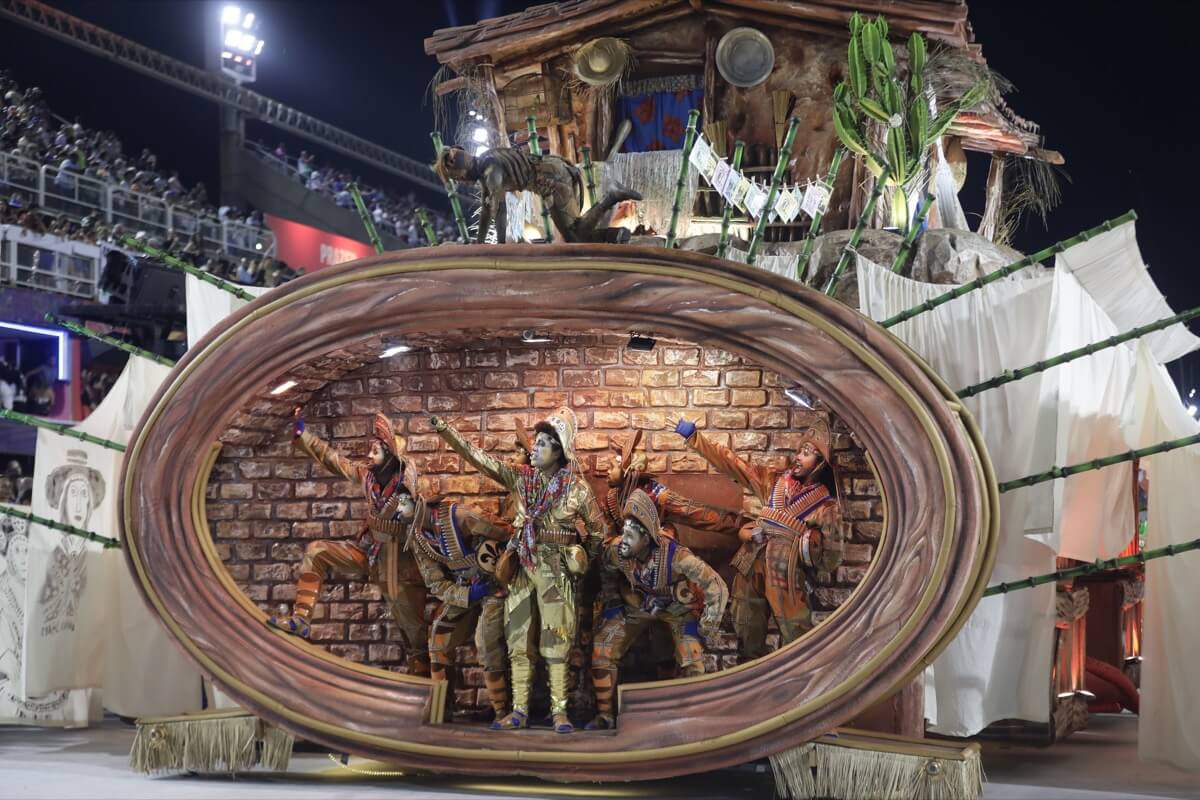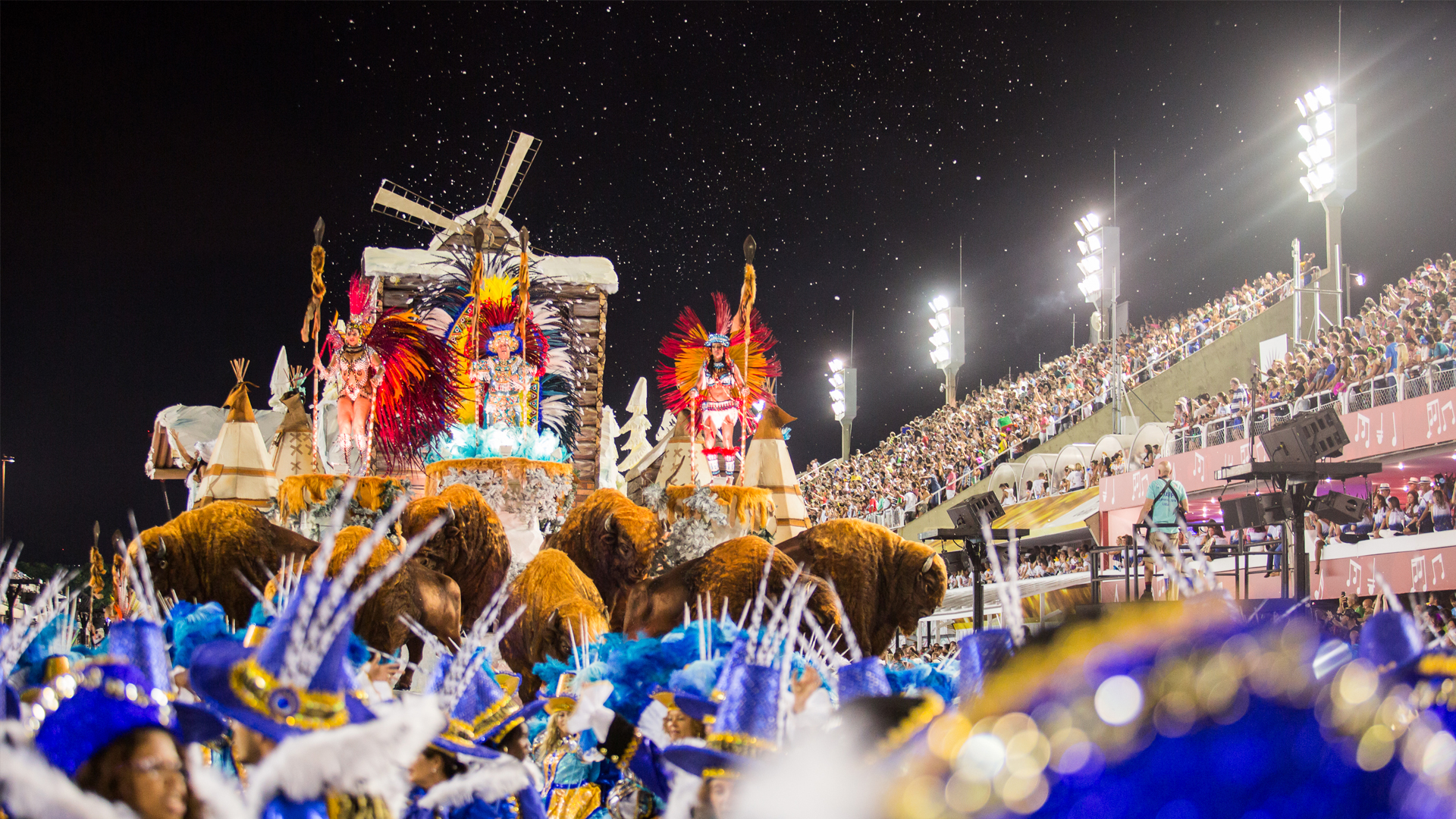Rio’s Samba Schools are sophisticated facilities that have turned into arenas of enormous floats, flashy costumes, and uplifting dance moves in the period of the Rio festival.
Samba Schools are composed of different neighborhood representatives, each of them coming from tiny communities or ‘favelas.’ The schools have two practical purposes: they emphasize the importance of the Brazilian culture to the world, and provide local members with lucrative employment opportunities.
Sponsored by major corporations, each school has its own money-collecting initiatives, organized during the year at its various facilities. The school facilities are located In Samba City, the meeting points of all communities who organize the most spectacular events in the world.

Rio’s samba schools maintain the fabulous traditions of old-time ancestors who have kept African music, arts and dance alive since the 8th century.
According to many, the carnival is a meeting point of old traditions and modernistic ideas, which find their utmost expression in the carnival’s numerous elements.
Buy HERE your Rio Carnival Tickets Package!
The picking of a carnival theme launches the preparation process. A song is often based on a theme, which in turn is rooted in controversial topics.
Ornate costumes, float decors and choreography motifs are just a few of the elements that make up the exclusive choreographies and spectacles during carnival times. All funds collected during the spectacles will go directly for the maintenance and well-being of their own area.
Samba rehearsals at the Rio Samba Schools
Samba schools representatives start conducting their rehearsals in their buildings In Samba City in October.
December is the month when rehearsals heat up and take place even on weekends. Visitors can get an overall idea of the show by a quick peek of the rehearsal.
If you would like to go in tune with the samba dance steps, you should not miss the rehearsals Rio Samba school rehearsals go on from December to January, and visitors are welcome to come and share in the excitement. You can join them for free, but you will not be able to see them in their extravagant clothing before the Carnival.

All you get is the melodic music, which will give you the chance to dance in a carioca-style and experience the samba spirit. Cariocas can totally compete with the distinguished samba dancers.
Sambadrome’s final rehearsal is the most glamorous one, characterized by singing, dancing, lights and spectacular images. Soon after the rehearsal, you can go on the streets to join the party, created by Rio’s best street groups such as Banda de Ipanema and Cordao do Bola Preta.
Popular Rio Samba Schools, Fundamental to the Rio Carnival
More than 70 schools take part in the carnival, and each samba school is characterized by its own style.
Beija Flor is in the group of the most popular schools, with a tremendous fan base. The school is also known for its flashy costumes and extravagant samba queens.
Another school, Mangueira, one of Rio’s oldest samba schools, also enjoys a huge group of supporters. Regular performances of Mocidade and Portela have turned the schools into two of the most distinguished ones at the Sambadrome.
Salgueiro, a culturally-diverse school, characterized by its red and white costumes, reflects the unique African influence and robs the hearts of numerous spectators.
São Clemente is also famous among the crowds with their infinity to emphasize and promote significant social issues, related to Rio and its civic structure. The school almost won the 2008 championship title, but lost the victory due to ‘a wardrobe malfunction’, that cost them half a point.




